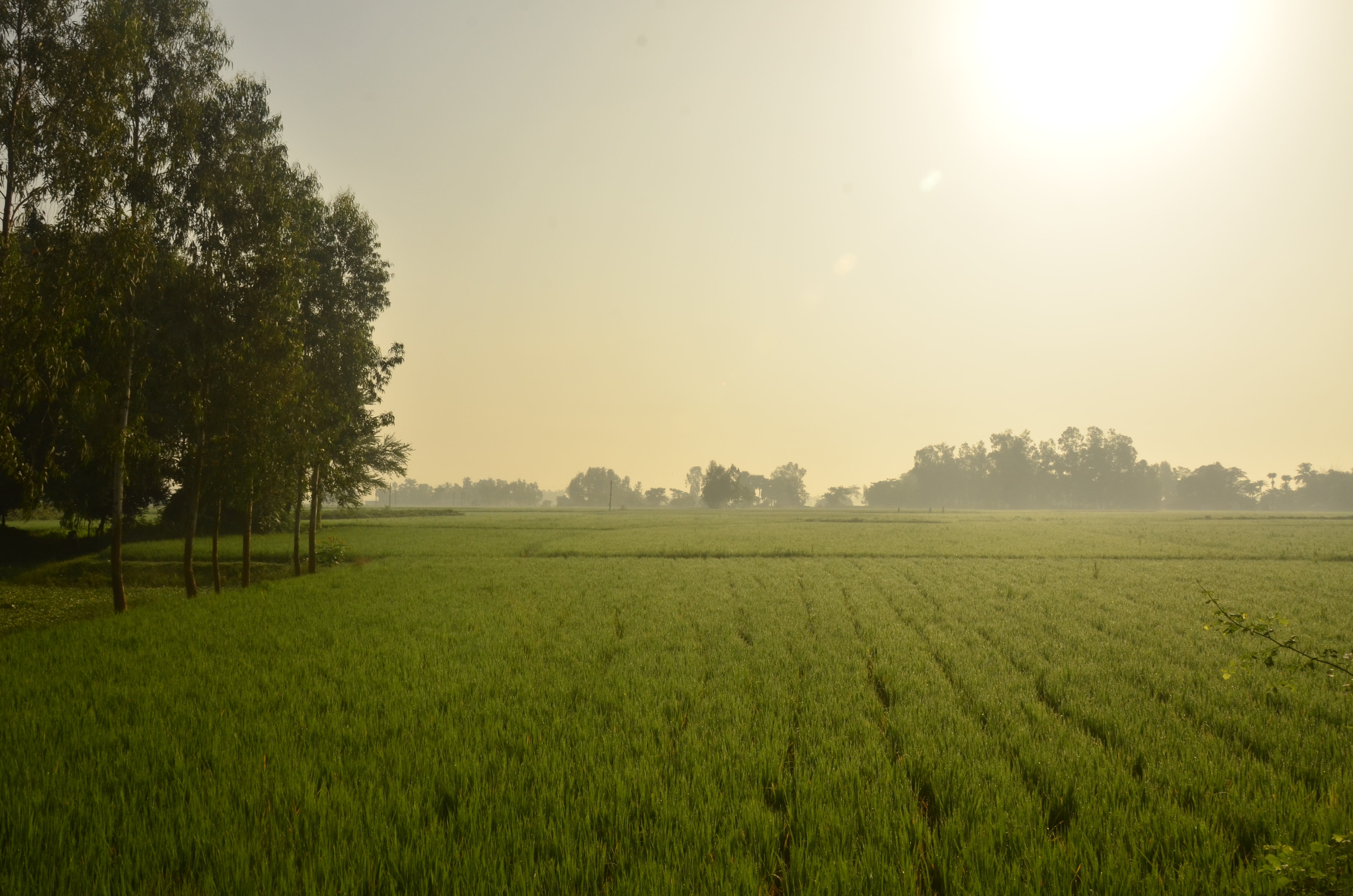Mongalkote on:
[Wikipedia]
[Google]
[Amazon]
Mongalkote is a village in Mongalkote CD block in

Katwa subdivision
Katwa subdivision is an administrative subdivision of the Purba Bardhaman district in the state of West Bengal, India.
Overview
The Katwa subdivision extends from the Kanksa-Ketugram plain to the Bhagirathi basin. The Ajay flows through the s ...
of Purba Bardhaman district
Purba Bardhaman district is in the Indian state of West Bengal. Its headquarters is in Bardhaman. It was formed on 7 April 2017 after the division of the previous Bardhaman district. Great revolutionary Rash Behari Bose was born in village Suba ...
in the state of West Bengal
West Bengal (; Bengali language, Bengali: , , abbr. WB) is a States and union territories of India, state in the East India, eastern portion of India. It is situated along the Bay of Bengal, along with a population of over 91 million inhabi ...
, India
India, officially the Republic of India, is a country in South Asia. It is the List of countries and dependencies by area, seventh-largest country by area; the List of countries by population (United Nations), most populous country since ...
.
History
Mangalkote is an ancient place . In the Jataka tale (around 4th century BC) "Vessantara", the capital of Shivirattha kingdom was mentioned as a place called Jatuttara. In his publication "Sibi Kings Vessantara, His Country and Cultural Heritage" Asiwini Kumar Chowdhury has mentioned Jetuttara as being located at or near the present day Mangalkota.Geography
Physiography
Mangolkote is in the flatalluvial
Alluvium (, ) is loose clay, silt, sand, or gravel that has been deposited by running water in a stream bed, on a floodplain, in an alluvial fan or beach, or in similar settings. Alluvium is also sometimes called alluvial deposit. Alluvium is ...
Kanksa Ketugram plain, which lies along the Ajay.

Police station
Mongalkote police station has jurisdiction over Mongalkote CD block. The area covered is 364.05 km2.Urbanisation
88.44% of the population of Katwa subdivision live in the rural areas. Only 11.56% of the population live in the urban areas. The map alongside presents some of the notable locations in the subdivision. All places marked in the map are linked in the larger full screen map.Demographics
As per the 2011 Census of India Mongalkote had a total population of 11,537, of which 5,876 (51%) were males and 5,661 (49%) were females. Population below 6 years was 1,508. The total number of literates in Mongalkote was 6,398 (63.79% of the population over 6 years).Transport
The State Highway 7, running from Rajgram (in Murshidabad district) to Midnapore (in Paschim Medinipur district), passes through Mongalkote.Education
Mangalkote Government College was established at Mongalkote in 2015. It offers honours courses in Bengali, English, history, political science, sociology and zoology.Culture
Visiting Mongalkote is a pilgrimage for Muslims. Many fairs and festivals are organised at Mongalkote – the death anniversary of Hamid Daneshmand Bangali is observed inFalgun
Falgun or Phalgun (; ) or Phagun () is the eleventh month of the year in the Bengali calendar, the Assamese calendar, and the Nepali calendar. In the revision of the Bengali calendar used in Bangladesh since October 2019, the month has 29 days ...
, death anniversaries of Shah Zakir Ali Kaderi and Makdum Shah Gujrati are also celebrated. The fair of Pir Panchatan is organised. Muslims from different parts of Bengal and beyond come to Mongalkote on these occasions. Special mention may be made of Maulana Hamid Daneshmand, a great scholar. Emperor Shah Jahan
Shah Jahan I, (Shahab-ud-Din Muhammad Khurram; 5 January 1592 – 22 January 1666), also called Shah Jahan the Magnificent, was the Emperor of Hindustan from 1628 until his deposition in 1658. As the fifth Mughal emperor, his reign marked the ...
had visited him at Mongalkote. There is a mosque near the grave of Daneshmand – it was built under instructions from the emperor. There are several other mosques in Mongalkote.Ghosh, Binoy, ''Paschim Banger Sanskriti'', , part I, 1976 edition, pages 2004-2012, Prakash Bhaban
Healthcare
Mongalkote block primary health centre at Nutanhat functions with 15 beds. In 2012, the average monthly patients attending Mongalkote BPHC were 8,795 and average monthly admissions were 373. It handled 484 annual emergency admissions. See also -Healthcare in West Bengal Healthcare in West Bengal features a universal health care system run by the state and the federal governments. The Constitution of India charges every state with "raising of the level of nutrition and the standard of living of its people and the im ...
References
{{Purba Bardhaman District Villages in Purba Bardhaman district